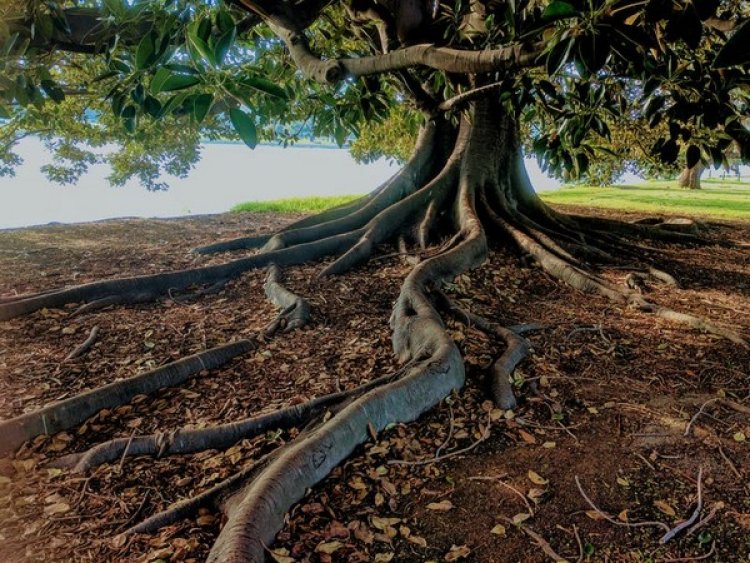Research: Evolution of tree roots may have driven mass extinction

Indiana, US: According to a study conducted by scientists at IUPUI and colleagues in the United Kingdom, the emergence of tree roots may have set off a sequence of major extinctions that shook the Earth's waters around 300 million years ago.
The Geological Society of America Bulletin, one of the oldest and most prestigious journals on the subject of geology, reports evidence supporting this novel interpretation of a particularly tumultuous time in Earth's prehistory. Gabriel Filippelli, the Chancellor's Professor of Earth Sciences at the IUPUI School of Science, and Matthew Smart, a PhD candidate working in his lab at the time of the study, were the project's principal investigators.
"Our analysis shows that the evolution of tree roots likely flooded past oceans with excess nutrients, causing massive algae growth," Filippelli said. "These rapid and destructive algae blooms would have depleted most of the oceans' oxygen, triggering catastrophic mass extinction events."
The Devonian Period, which occurred 419 million to 358 million years ago, prior to the evolution of life on land, is known for mass extinction events, during which it's estimated nearly 70 per cent of all life on Earth perished.
The scientific term for the process described in the study is eutrophication, and it is strikingly similar to the current, though much smaller-scale, a phenomenon that is causing wide "dead zones" in the Great Lakes and the Gulf of Mexico. In these bodies of water, excess nutrients from agricultural runoff and fertilisers cause massive algae blooms that suffocate the water's oxygen.
The distinction is that these historical occurrences were probably fuelled by tree roots, which during periods of growth drew nutrients from the soil and then abruptly released them into the water of the Earth. According to Filippelli, the theory is supported by a combination of recent and historical data.
The scientists were able to confirm previously identified cycles of higher and lower levels of phosphorus, a chemical element found in all life on Earth, based on a chemical analysis of stone deposits from ancient lake beds, whose remnants remain across the globe, including the samples used in the study from sites in Greenland and off the northeast coast of Scotland.
Additionally, they were able to distinguish between wet and dry cycles using the indicators of "weathering," or soil formation, which is a result of root growth. Greater weathering indicated wet cycles with more roots, whereas less weathering indicated dry cycles with fewer roots.
Most significantly, the team found the dry cycles coincided with higher levels of phosphorous, suggesting dying roots released their nutrients into the planet's water during these times.
"It's not easy to peer over 370 million years into the past," said Smart. "But rocks have long memories, and there are still places on Earth where you can use chemistry as a microscope to unlock the mysteries of the ancient world."
In light of the phosphorus cycles occurring at the same time as the evolution of the first tree roots - a feature of Archaeopteris, also the first plant to grow leaves and reach heights of 30 feet - the researchers were able to pinpoint the decay of tree roots as the prime suspect behind the Devonian Periods extinction events.
Fortunately, Filippelli said, nature has since developed methods to counteract the effects of rotting wood, so new trees don't cause similar devastation. In comparison to the thin layer of soil that covered the old Earth, modern soil is deeper and contains more nutrients.
However, the study's findings on dynamics provided insight into other, more recent dangers to ocean life. The authors of the paper point out that other people have argued that fertiliser, manure, and other organic waste pollution, including sewage, have brought the oceans of the Earth dangerously close to becoming completely without oxygen.
"These new insights into the catastrophic results of natural events in the ancient world may serve as a warning about the consequences of similar conditions arising from human activity today," Filippelli said.















































